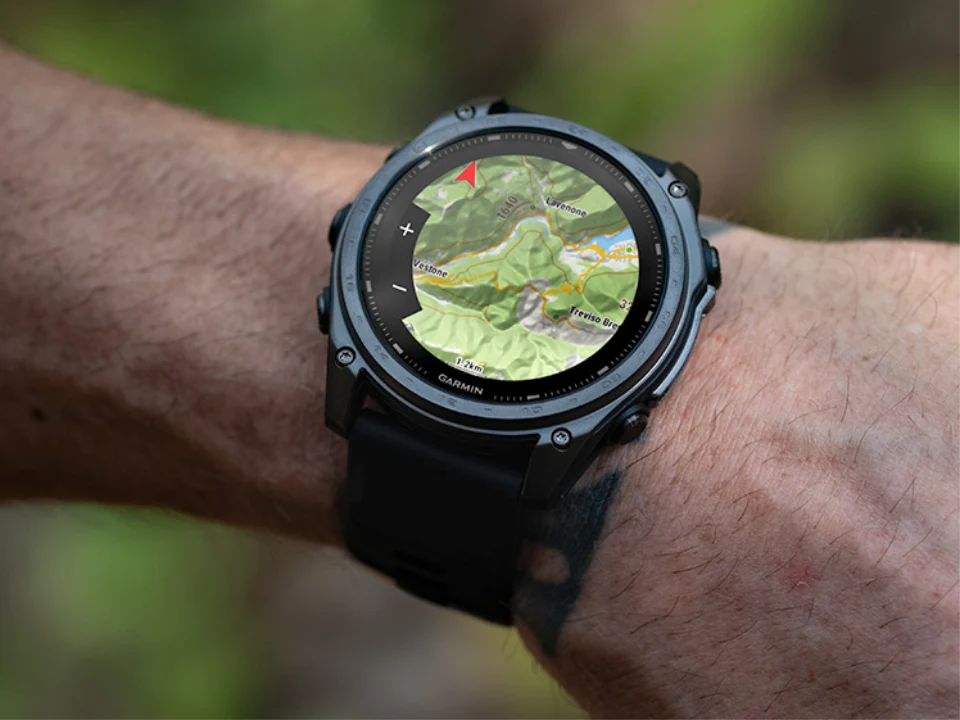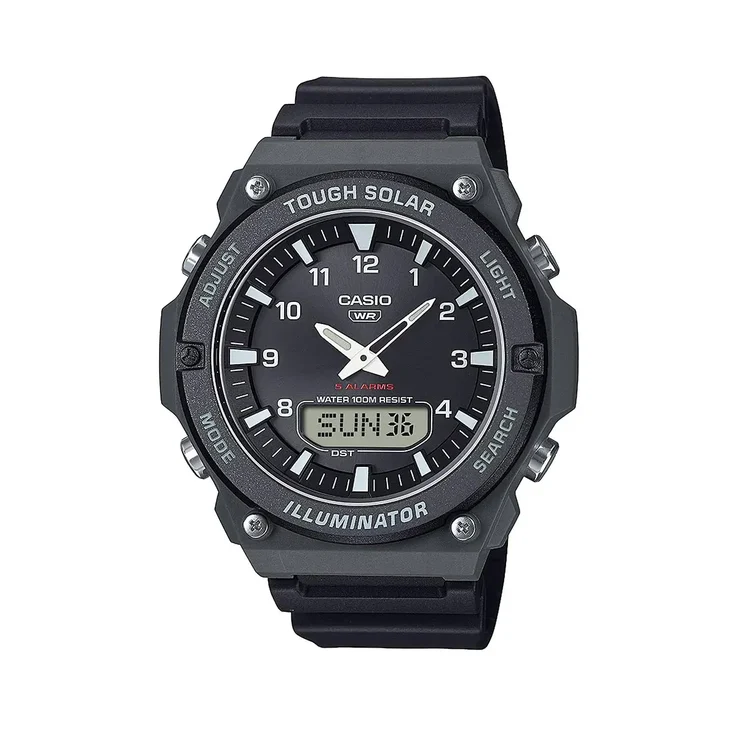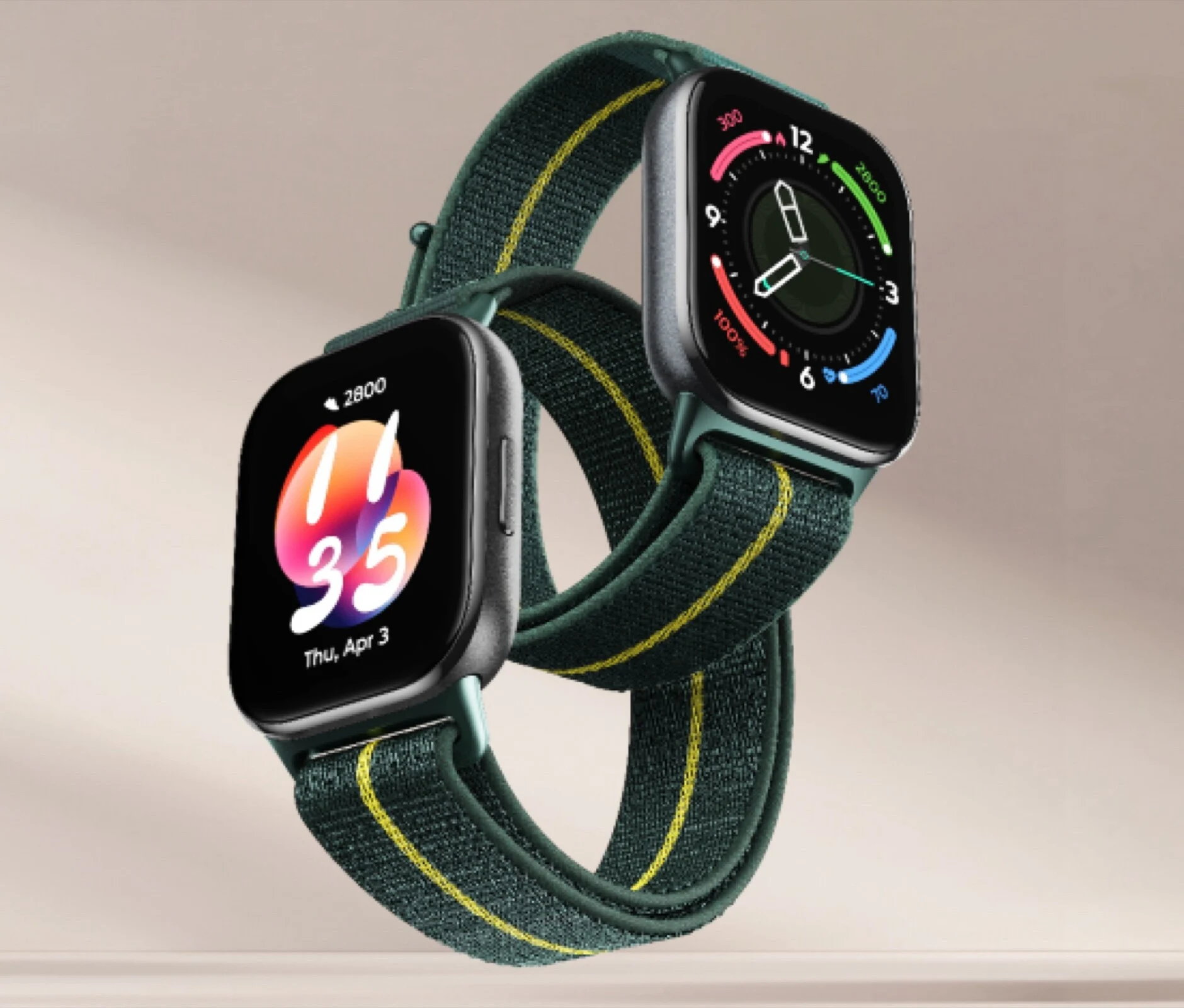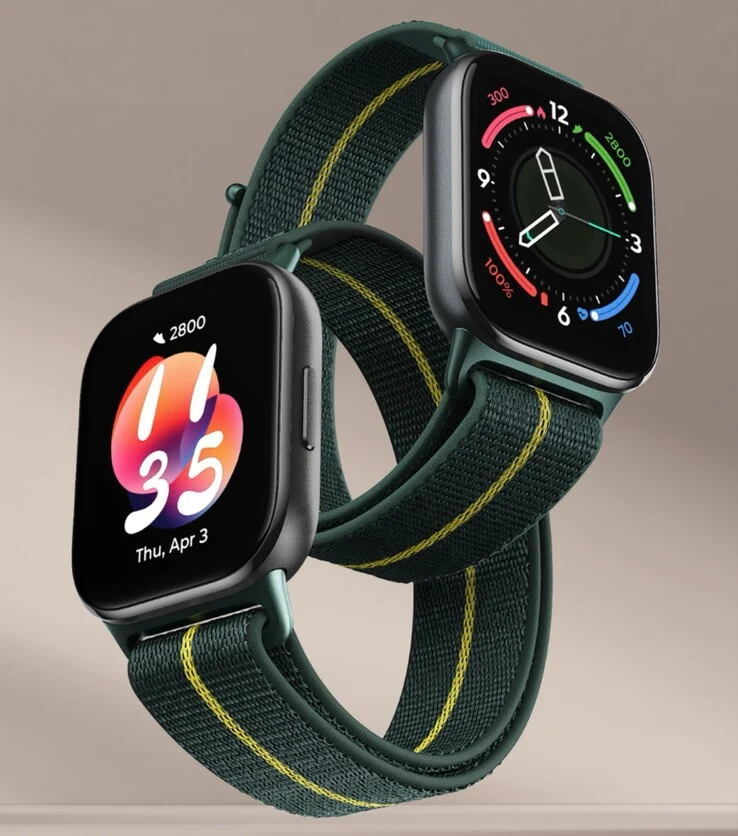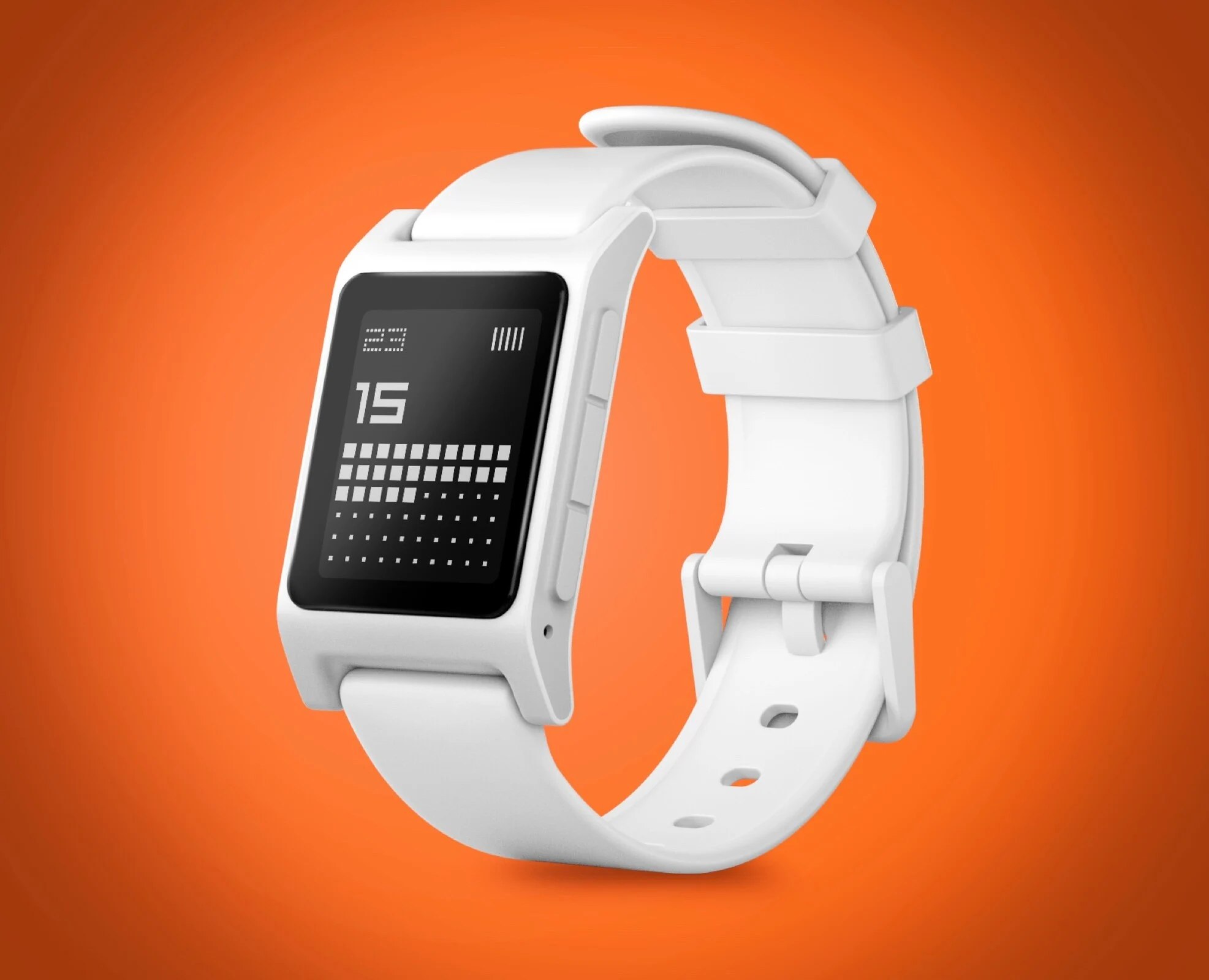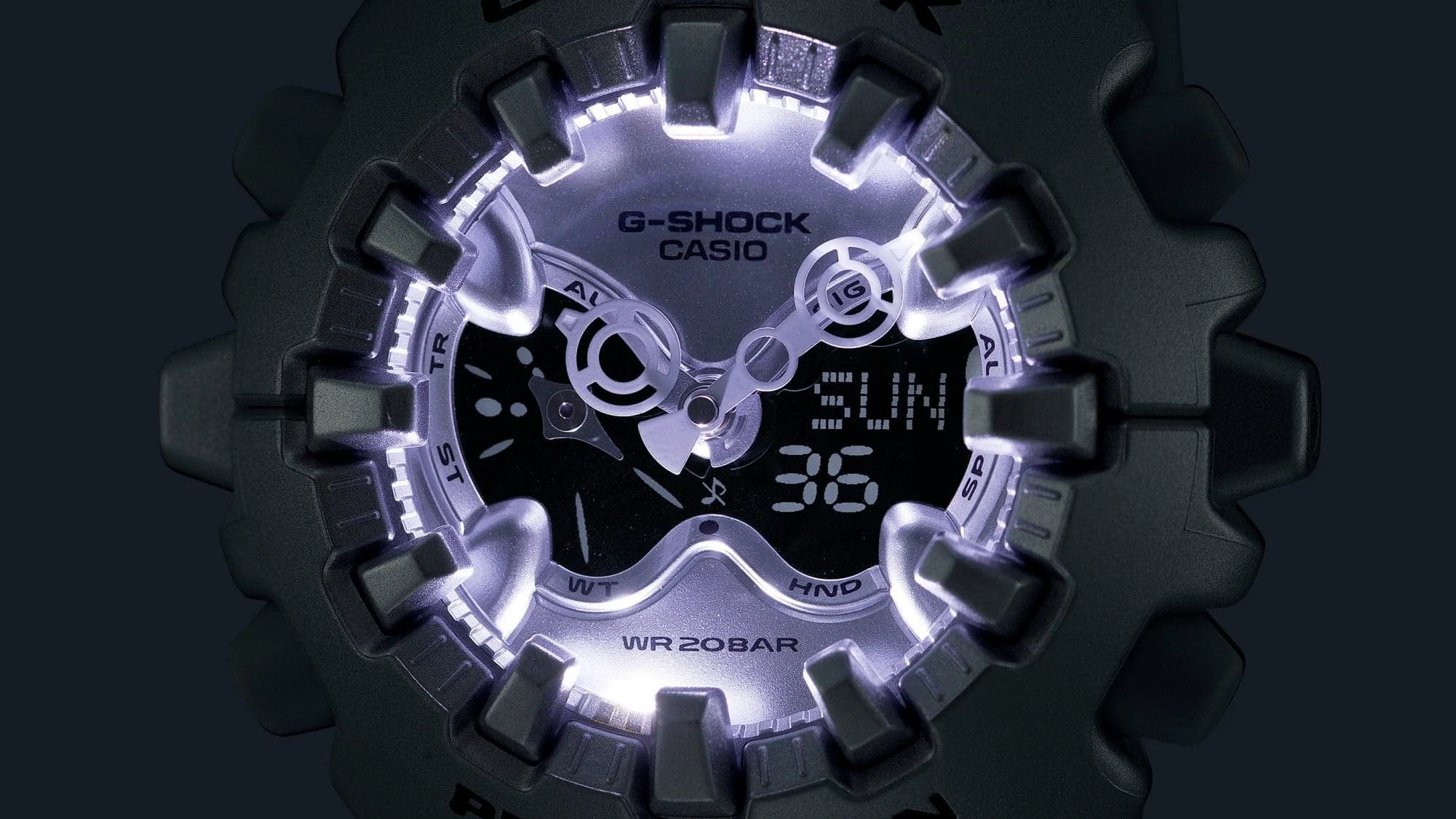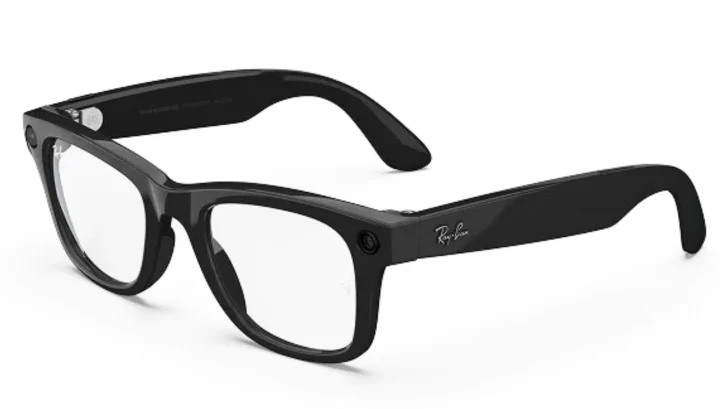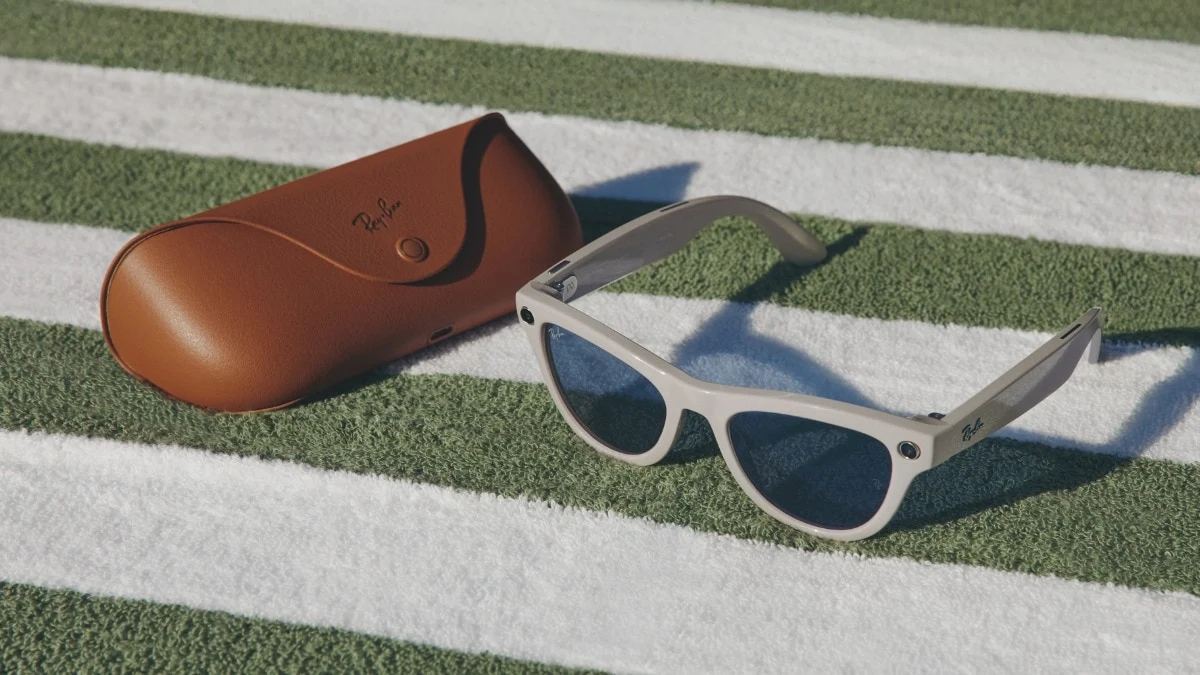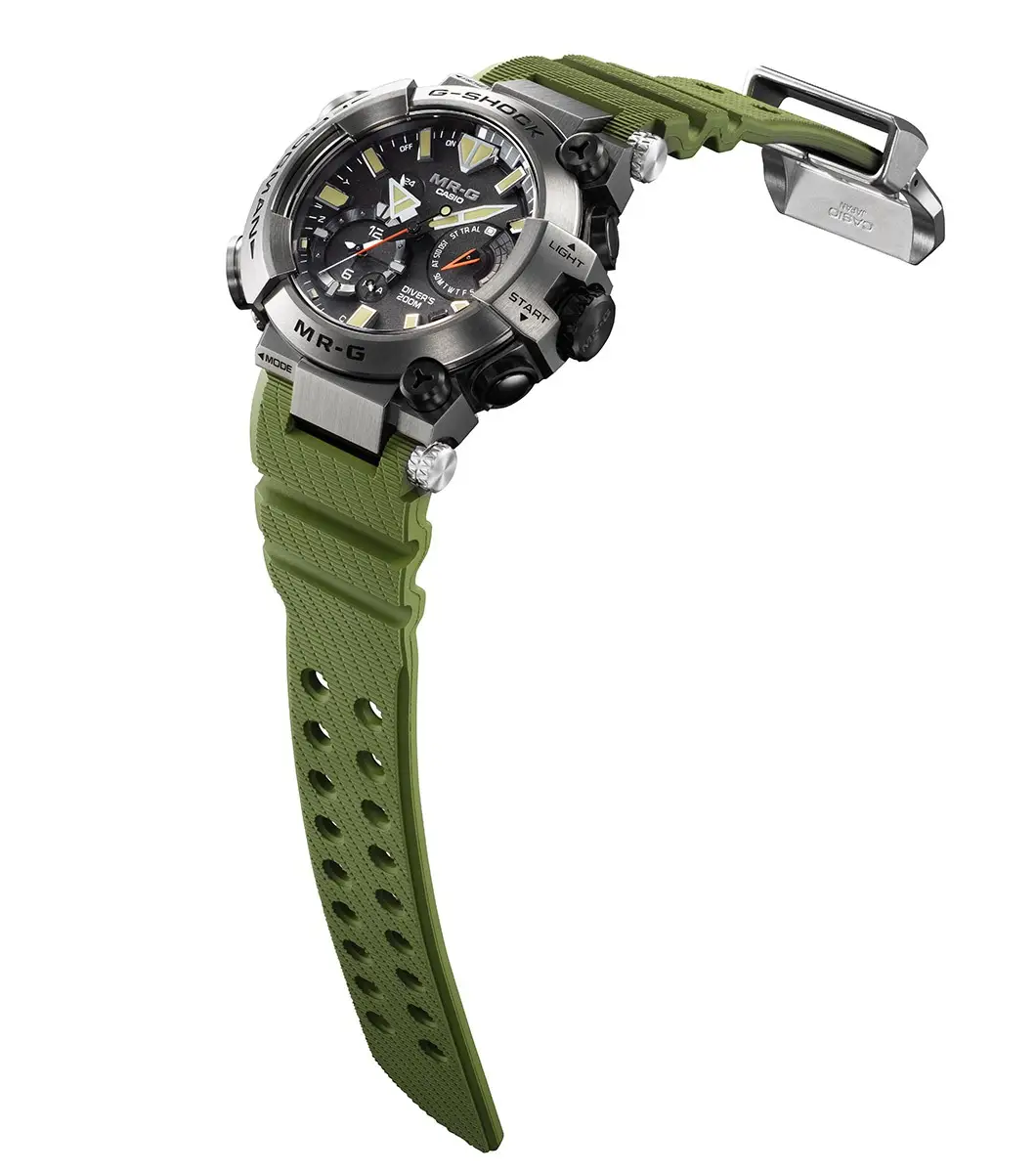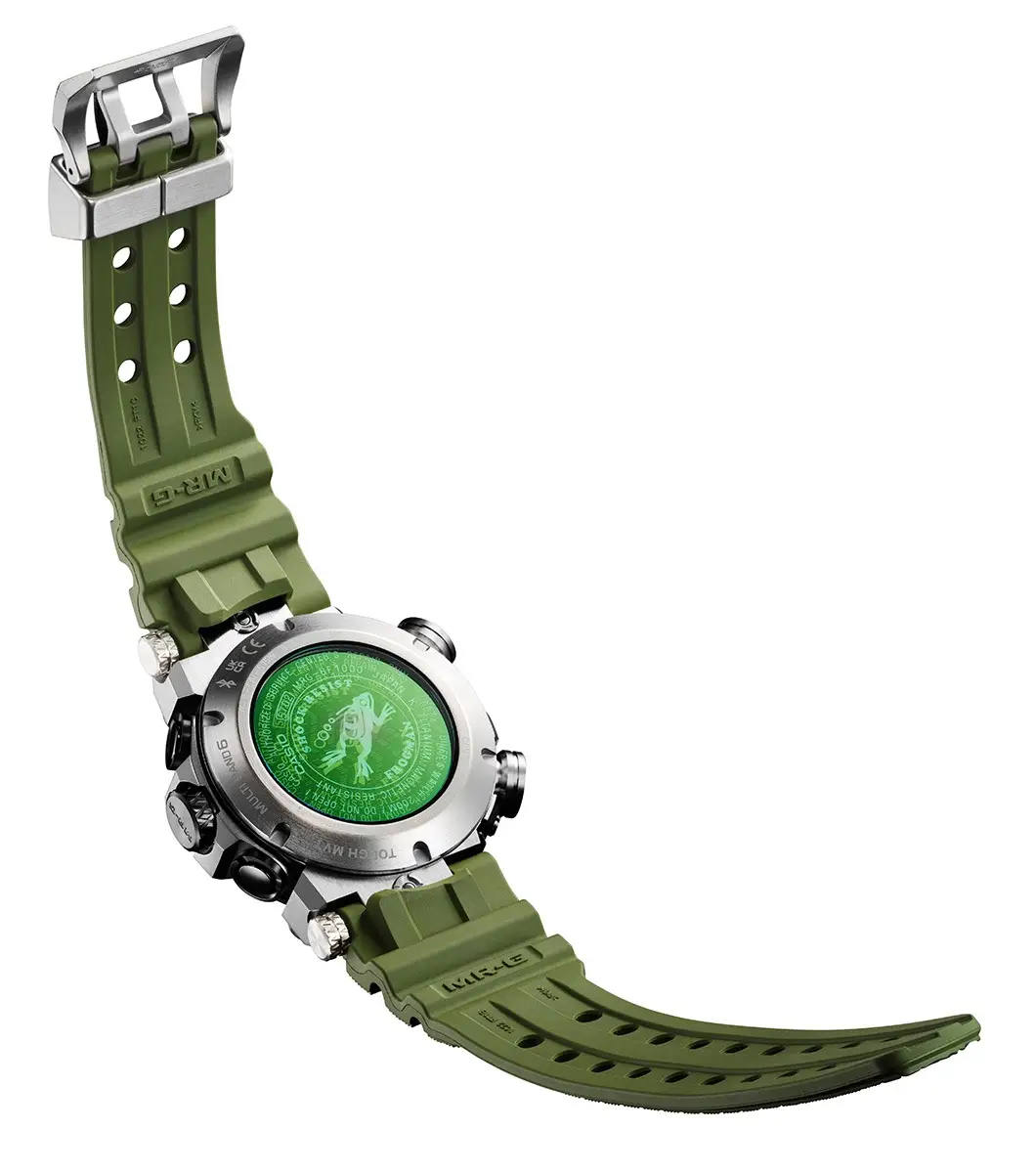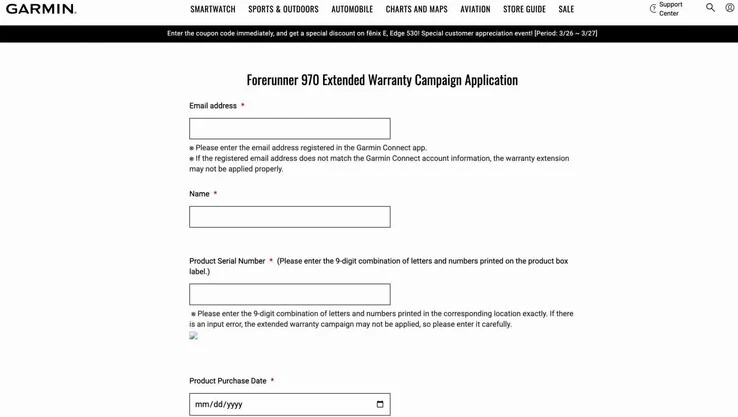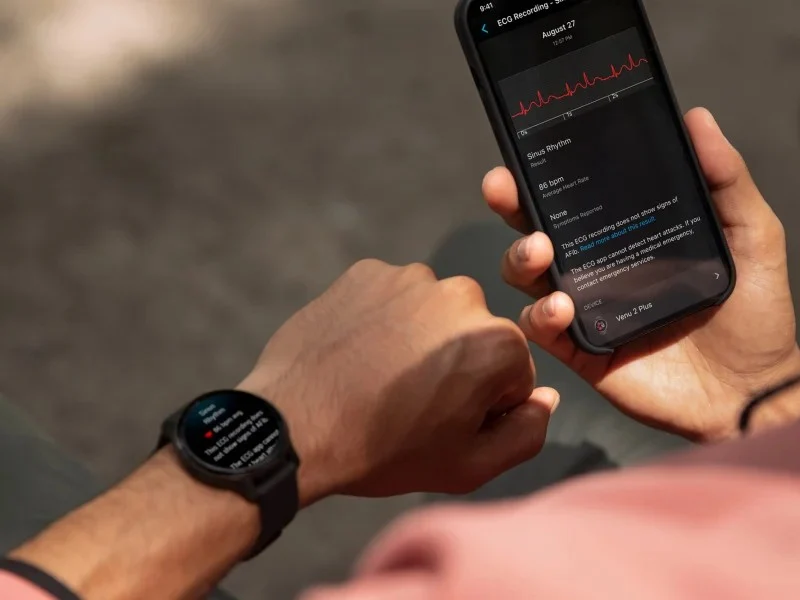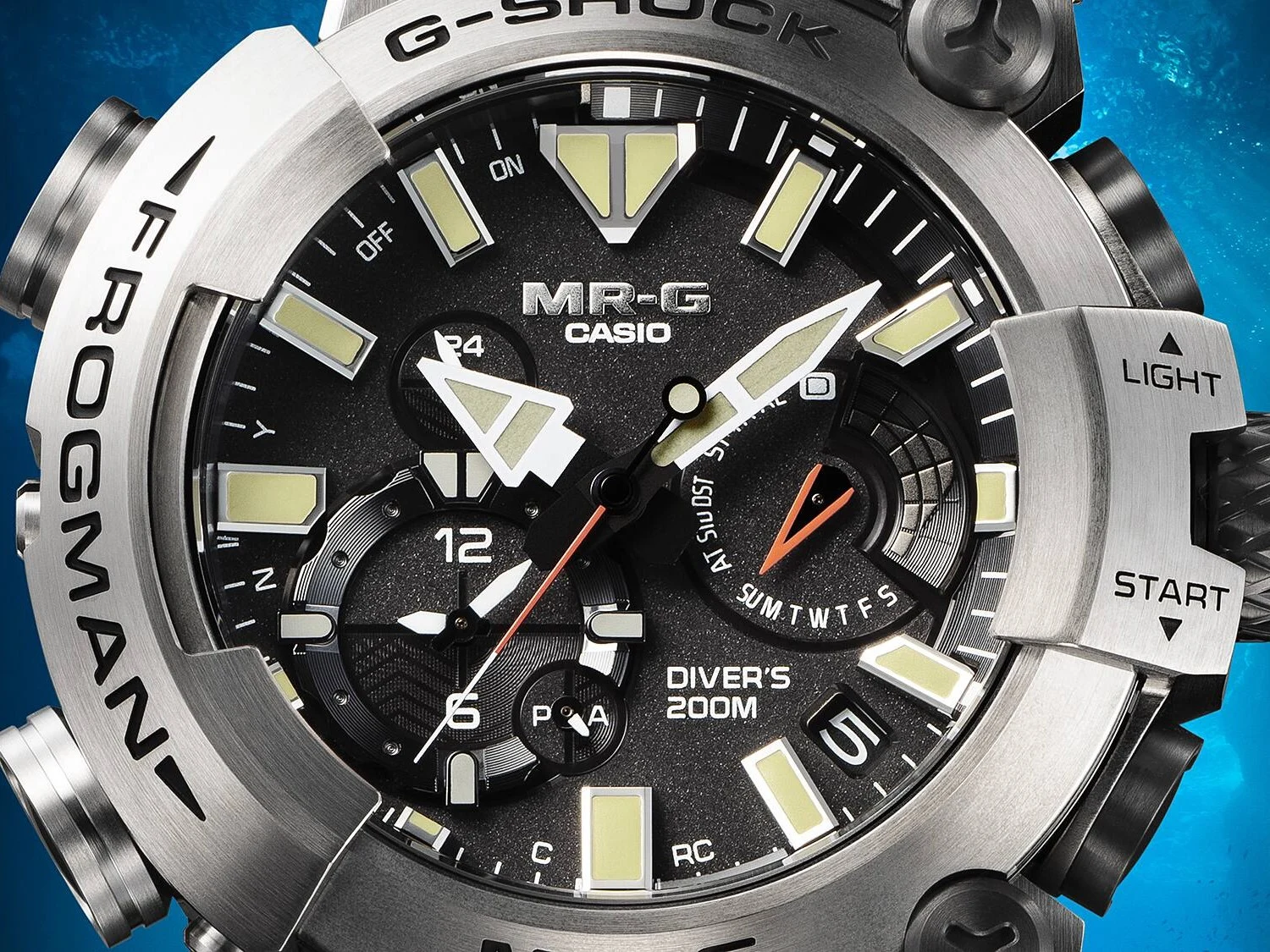Key Takeaways
1. Garmin has released a new update in the 15.xx beta stage, adding 19 changes for beta testers.
2. The update introduces new features for popular smartwatch models like Enduro 3, Fenix E, Fenix 8, and Tactix 8.
3. The Tactix 8 is currently priced at $1,299 on Amazon and includes 17 bug fixes in the update.
4. Beta Version 15.24 features updated Sensor Hub firmware, improving sensor pairing visibility.
5. Garmin’s ongoing development has resulted in nearly 150 changes since System Software 13.35, with more beta versions expected.
Garmin continues to enhance its leading smartwatches, focusing on bug fixes and upgrades. Recently, the company pushed out a new update in its 15.xx beta development stage, introducing 19 additional changes for beta testers beyond those already available.
New Features for Popular Models
The latest update brings new features to the Enduro 3, Fenix E, Fenix 8, and Tactix 8. The Tactix 8 is currently priced at $1,299 on Amazon. In addition to the new features, the update also includes 17 bug fixes. Furthermore, Beta Version 15.24 has rolled out, featuring updated Sensor Hub firmware, which upgrades all smartwatches from versions v34.09 and v34.10. While Garmin hasn’t disclosed specific changes, it seems that the upgrade to v34.10 improves how sensors are paired by showing sensors in pairing mode first.
Ongoing Development and Changes
According to our calculations, the total changes from System Software 13.35 are approaching 150. However, there’s no indication that Garmin has completed the 15.xx development. The removal of Aviation, Dive, and ECG features suggests that at least one more beta version will be released, if not several. The comprehensive list of modifications between v15.23 and v15.24 is as follows:
Source:
Link

